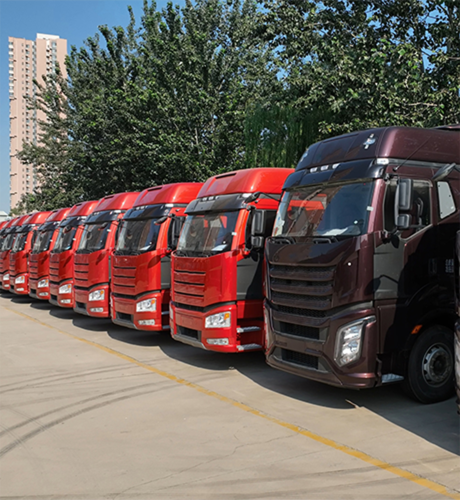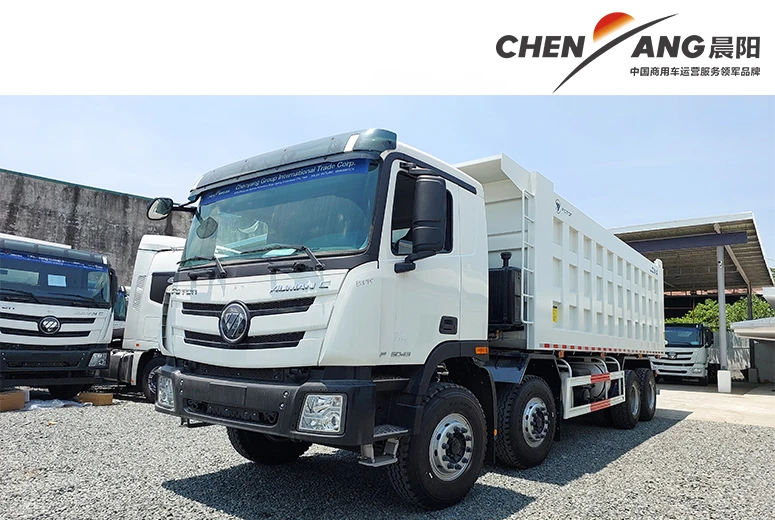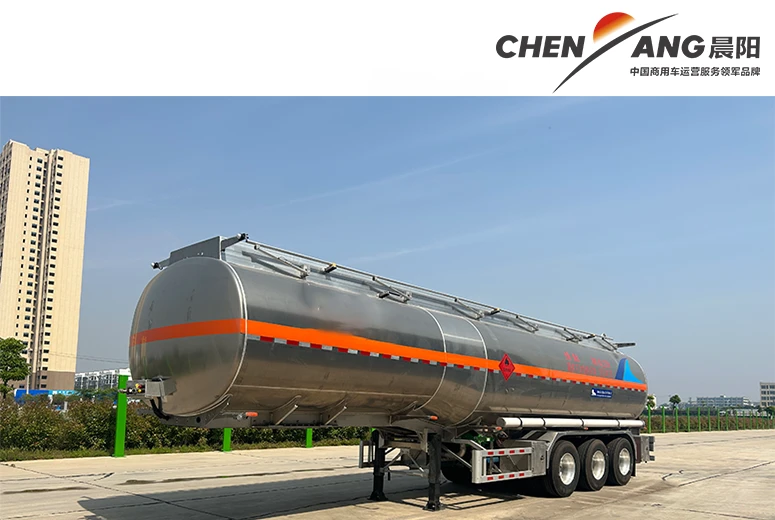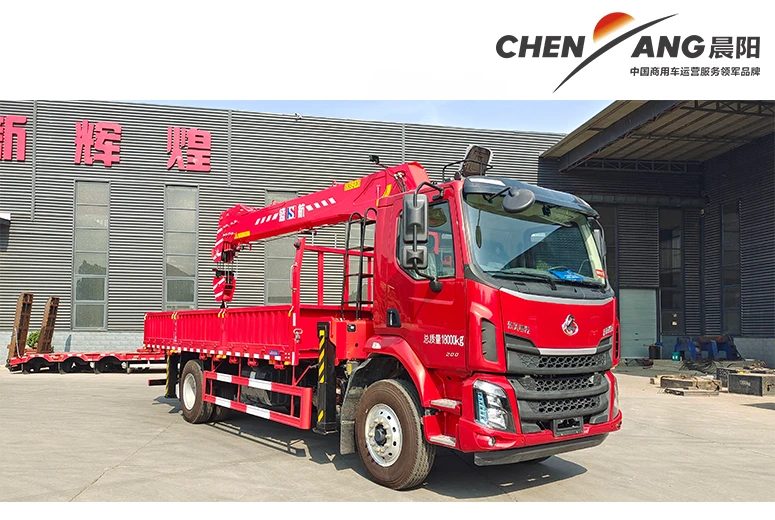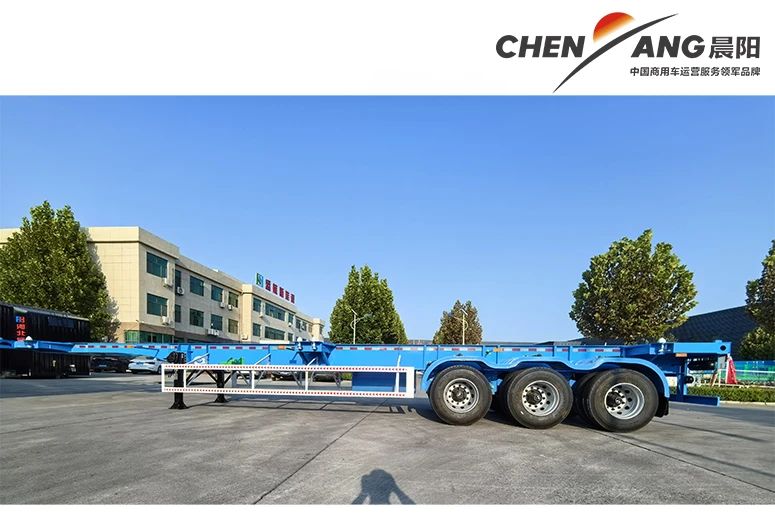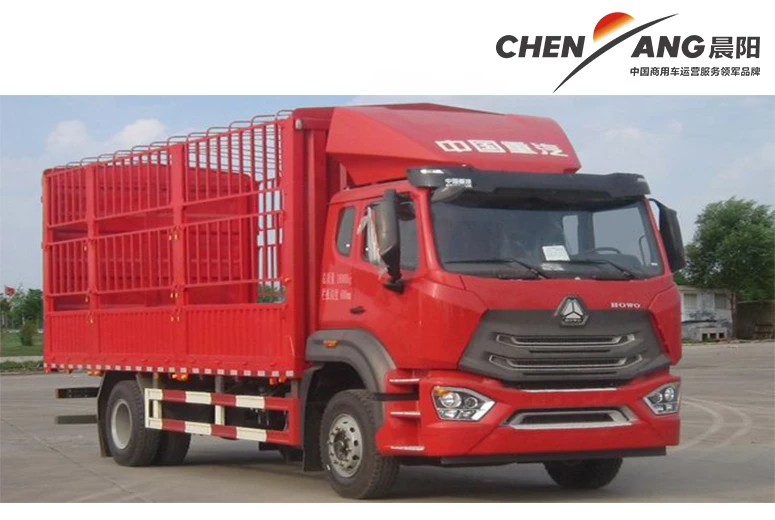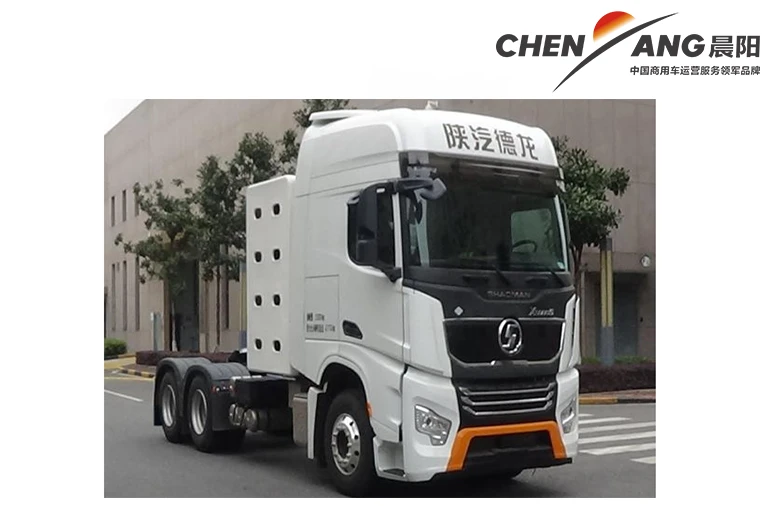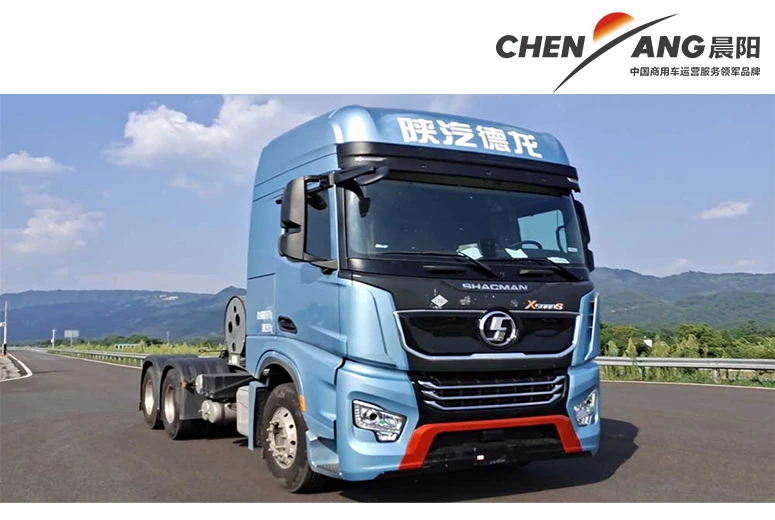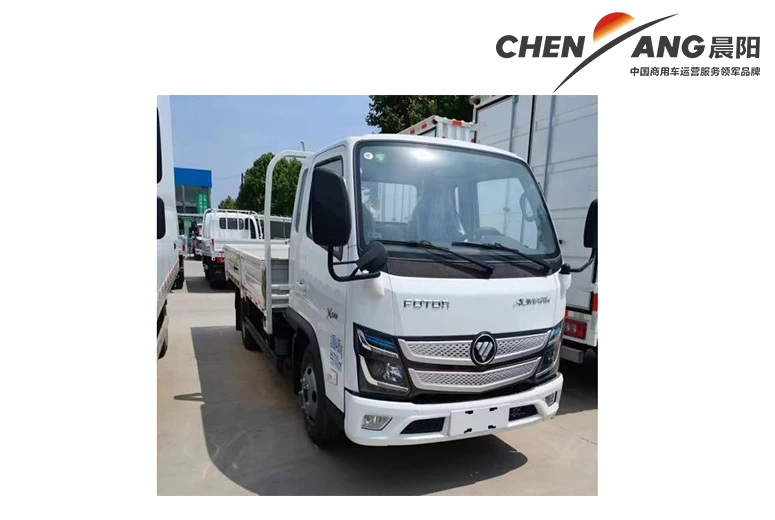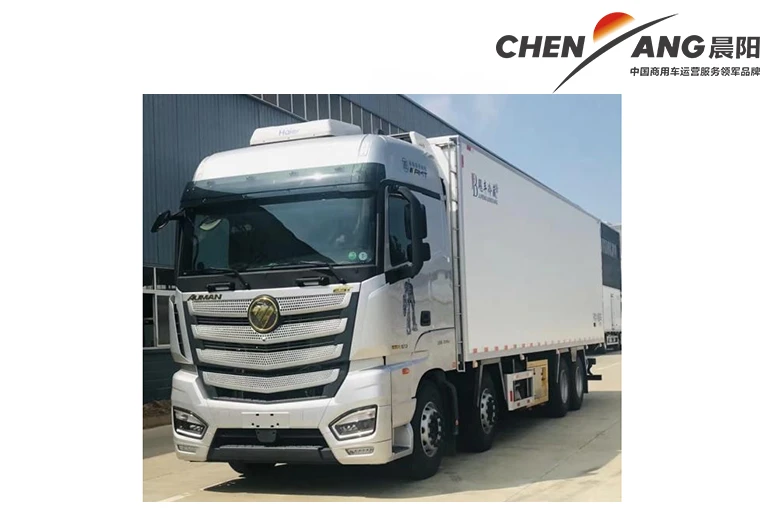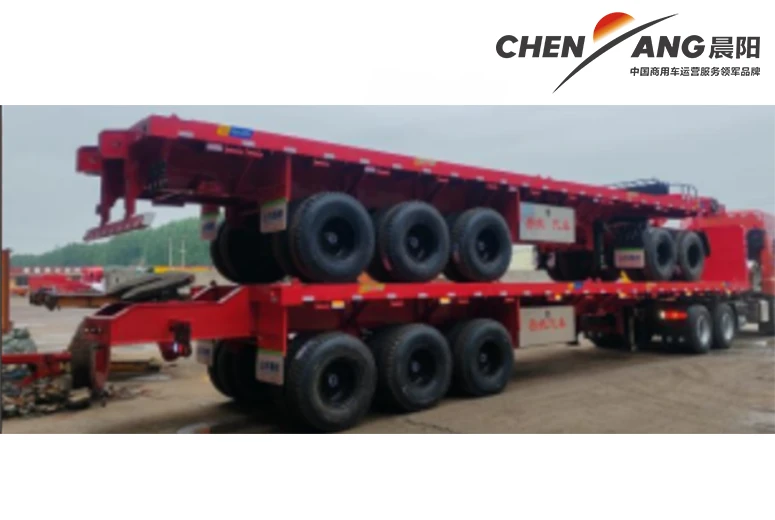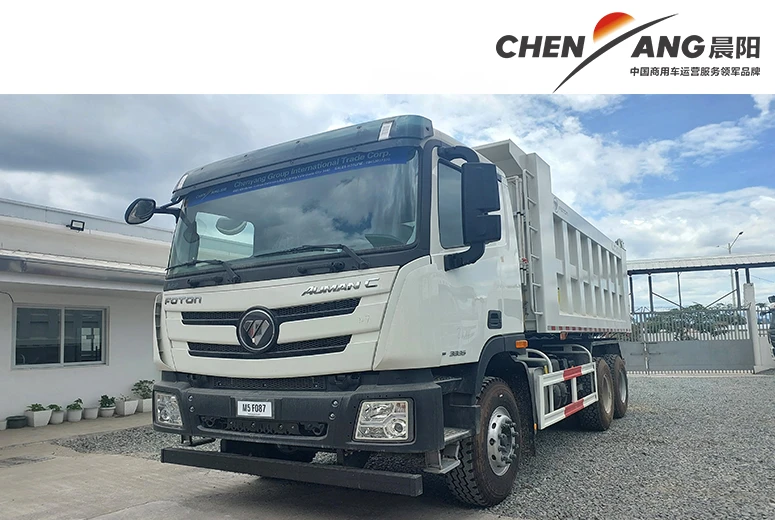eld for light duty trucks
Understanding ELD Requirements for Light Duty Trucks
In recent years, the transportation industry has seen significant advancements in technology aimed at improving safety, efficiency, and accountability. One of the most critical innovations has been theimplementation of Electronic Logging Devices (ELDs) for commercial vehicles. While the focus has primarily been on heavy-duty trucks, there is a growing conversation about the necessity of ELDs for light duty trucks as well. This article explores the implications, benefits, and challenges of extending ELD regulations to light duty vehicles.
What are ELDs?
Electronic Logging Devices are digital tools that automatically record a driver's driving time, ensuring compliance with Hours of Service (HOS) regulations. These devices are designed to improve road safety by preventing driver fatigue, which can be a significant factor in traffic accidents. ELDs replace traditional paper logbooks, providing real-time data and enhancing the accuracy of logging driving hours.
The Rationale for ELDs in Light Duty Trucks
Light duty trucks, often utilized for local deliveries, maintenance services, and other business operations, constitute a substantial portion of the vehicle population on the roads. Although they are smaller than heavy-duty trucks, light duty vehicles can also contribute to safety concerns if not properly monitored. Implementing ELDs for these vehicles could help ensure that drivers adhere to HOS regulations, reducing the risk of accidents caused by fatigue.
Moreover, many businesses that operate light duty trucks are part of larger supply chains. As such, they share the same roads as heavy-duty trucks. Therefore, standardizing ELD requirements across all truck classes can lead to better compliance and safer driving environments for everyone.
Benefits of Implementing ELDs in Light Duty Trucks
1. Safety Enhancement ELDs play a crucial role in monitoring driver behavior and ensuring compliance with safety regulations. By logging driving hours accurately, they help prevent fatigue-related incidents, thereby enhancing overall road safety.
2. Operational Efficiency With real-time data, fleet managers can track vehicle usage and optimize routes and schedules. This not only improves efficiency but also reduces operational costs, benefiting businesses of all sizes.
3. Reduced Administrative Burden ELDs eliminate the need for paper logs, streamlining the administrative process for companies. This reduction in paperwork can translate to significant time savings for drivers and logistics managers.
eld for light duty trucks

4. Compliance and Accountability ELDs provide a reliable way to demonstrate compliance with federal regulations. In the event of an audit or inspection, businesses can quickly present accurate records of their drivers’ HOS.
5. Data Collection The data gathered by ELDs can be analyzed for insights into driving patterns, helping to identify areas for improvement in safety training and operational efficiency.
Challenges of Implementing ELDs
While the benefits are clear, there are challenges associated with mandating ELDs for light duty trucks.
1. Cost Concerns For many small businesses, the upfront cost of purchasing and installing ELDs can be a significant hurdle. Moreover, ongoing maintenance and subscription fees may also strain financial resources.
2. Technology Adaptation Many drivers, particularly those used to traditional methods, may find the transition to digital logs challenging. This can lead to resistance against adopting ELD technology.
3. Data Privacy The collection of driving data raises concerns about privacy and data security. Fleet managers must ensure that sensitive information is protected against unauthorized access and data breaches.
4. Regulatory Confusion As regulations evolve, there could be confusion regarding compliance requirements for light duty trucks, leading to inconsistencies in enforcement.
Conclusion
As the conversation around ELDs for light duty trucks gains momentum, it is essential for industry stakeholders to weigh the potential benefits against the challenges. While ELDs can undoubtedly enhance safety and operational efficiency, a careful approach must be taken to address concerns related to cost, technology adoption, and data privacy. Ultimately, the goal should be to create a safer and more efficient transportation environment for all vehicles on the road. As technology continues to evolve, the future of ELD regulation in light duty trucks remains an important topic for discussion among fleet operators, regulators, and safety advocates.
-
SHACMAN Left Door Lock Assembly | Durable & Reliable ReplacementNewsAug.21,2025
-
LZ504 32 Series Agricultural Tractor: Compact & Powerful Farm WorkNewsAug.19,2025
-
plastic pipe fittings-Chenyang Group|Durable&CustomizableNewsAug.18,2025
-
Plastic Industrial Pipe Fittings - Chenyang Group | Durable, Customizable, VersatileNewsAug.18,2025
-
8T Truck Mounted Crane: Powerful, Versatile Lifting SolutionsNewsAug.18,2025
-
Durable Plastic Pipe Fittings - Chenyang Group | Customizable, VersatileNewsAug.18,2025
Popular products

